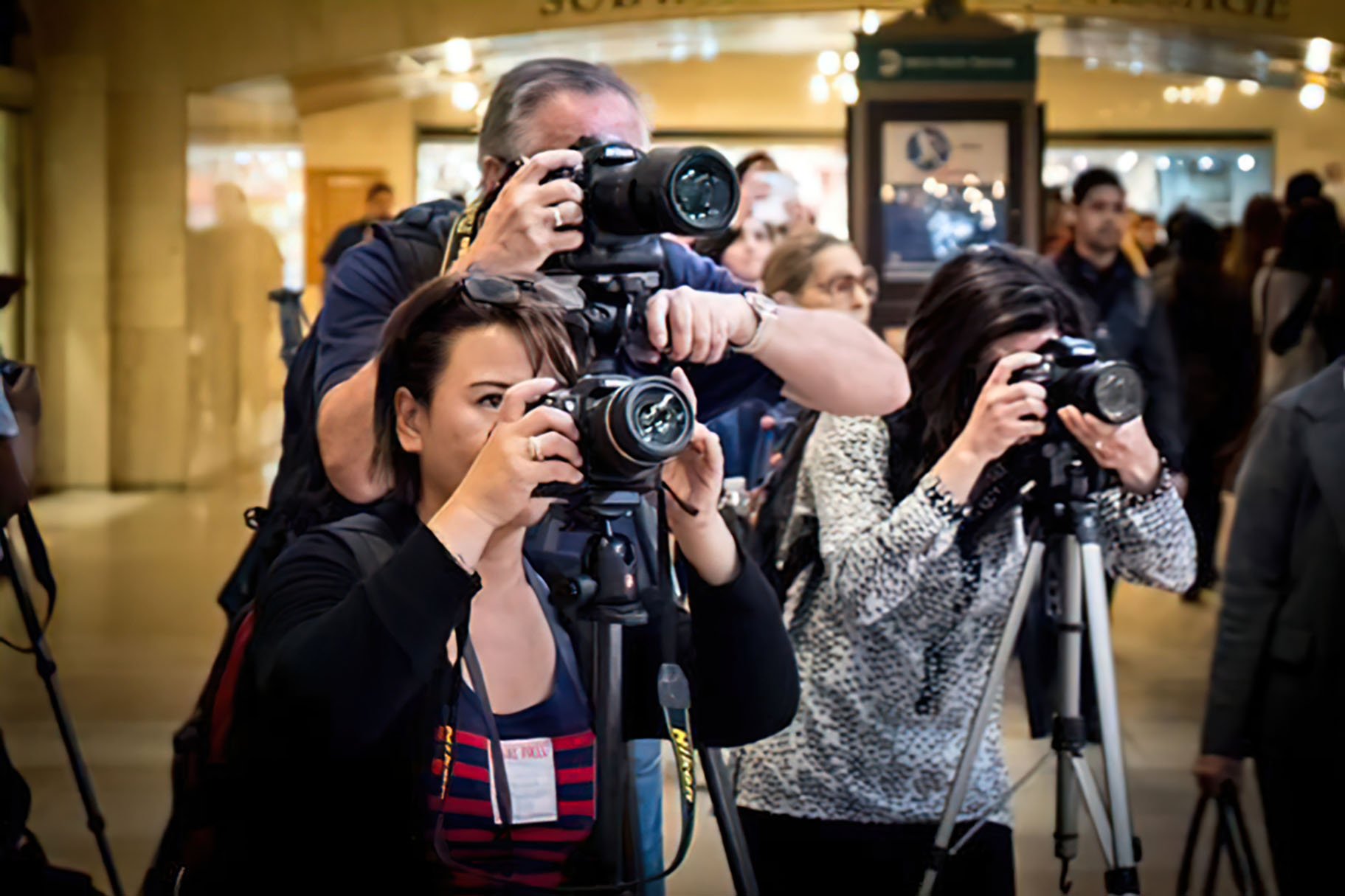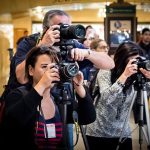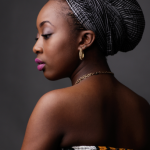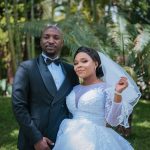Capturing the Moment: Best Practices for Event Photography
Event photography is an art form that goes beyond simply snapping pictures. It involves capturing the essence of an event, preserving its atmosphere, and telling a story through images. Whether it’s a corporate conference, a lively festival, or an intimate wedding, mastering event photography requires a blend of technical skills, creativity, and keen observation. Here are some best practices to help you excel in event photography and ensure you capture the magic of the moment.
1. Understand the Event’s Purpose
Before the event, take the time to understand its purpose, the key moments, and the client’s expectations. Knowing what’s important to the organizers will help you focus on capturing the essential shots. Whether it’s a keynote speech, an award presentation, or candid interactions among guests, being aware of the event’s highlights allows you to anticipate and prepare for critical moments.
2. Scout the Location
Familiarize yourself with the venue before the event starts. Identify the best spots for capturing key moments, such as the stage, the audience, and any notable decorations. Check the lighting conditions, and if possible, attend rehearsals or setup sessions to plan your shots. Knowing the layout will help you move efficiently and capture the event from the best angles.
3. Prepare Your Equipment
Event photography can be demanding, so it’s crucial to have the right equipment and backup gear. Essential items include a reliable camera with fast lenses, extra batteries, memory cards, and a flash. Depending on the event, you might also need a tripod, a zoom lens, or a wide-angle lens. Ensure everything is in working order and have backups ready to avoid technical issues during the event.
4. Capture Candid Moments
While posed shots are important, candid moments often tell the most compelling stories. Keep an eye out for spontaneous interactions, genuine expressions, and unique details that convey the event’s atmosphere. Blend into the background and be ready to capture these moments discreetly, allowing the natural flow of the event to unfold.
5. Be Mindful of Lighting
Lighting can make or break a photo. Pay attention to the available light sources and adjust your camera settings accordingly. Use natural light whenever possible, and if the event is indoors, be prepared to work with artificial lighting. A flash can be helpful in low-light situations, but use it sparingly to avoid harsh shadows and unnatural effects.
6. Focus on Key Details
Events are filled with unique details that contribute to the overall story. Capture elements such as decorations, signage, food, and any other details that make the event special. These shots not only add variety to your collection but also help to create a comprehensive narrative of the event.
7. Interact with Attendees
Building rapport with event attendees can result in more relaxed and natural photos. Be friendly and approachable, and don’t be afraid to engage with guests. When people feel comfortable around you, they’re more likely to show genuine expressions and emotions, which translates into better photographs.
8. Cover Different Angles and Perspectives
Varying your shooting angles and perspectives can add depth and interest to your photos. Shoot from high and low angles, capture wide shots of the entire venue, and zoom in on specific details. Experimenting with different compositions helps to create a diverse and dynamic set of images that fully capture the event’s atmosphere.
9. Stay Organized
During the event, you’ll take hundreds or even thousands of photos. Staying organized is crucial for efficient post-processing. Use multiple memory cards to avoid data loss, and consider using a dual-slot camera to save backups in real-time. After the event, promptly sort and categorize your images to streamline the editing process.
10. Edit Thoughtfully
Post-processing is an integral part of event photography. Use editing software to enhance your images, correct exposure issues, and maintain a consistent style throughout the collection. Focus on highlighting the event’s key moments and emotions while keeping the edits natural and true to the original scene.
Conclusion
Event photography is a rewarding and challenging field that requires a blend of technical expertise, creative vision, and interpersonal skills. By understanding the event’s purpose, preparing thoroughly, and staying attentive to the unfolding moments, you can capture the essence of any event in a way that tells a compelling story. Whether you’re shooting a corporate function, a social gathering, or a grand celebration, these best practices will help you create memorable and impactful images that resonate with your clients and their audience.










